After 900 hours, three custom characters, two Dark Urges, and one Shadowheart Origin Honor Mode run, I still find myself jumping back into the world of Baldur’s Gate 3. Outside of enjoying the gameplay, there’s something so special about Larian’s vibrant world and its varied cast of characters. You could argue that it’s the conversations we have during our travels in Faerûn that truly bring it to life.
So with new subclasses arriving soon and tons of Baldur’s Gate 3 mods to play with, you’ll probably find yourself returning to the sprawling RPG in search of another adventure. Whether you’re a first-time player or a hardened veteran, here are some of Baldur’s Gate 3‘s most underrated NPCs that are absolutely worth seeking out.
Note that there are mild spoilers for all acts ahead, so proceed at your own peril.
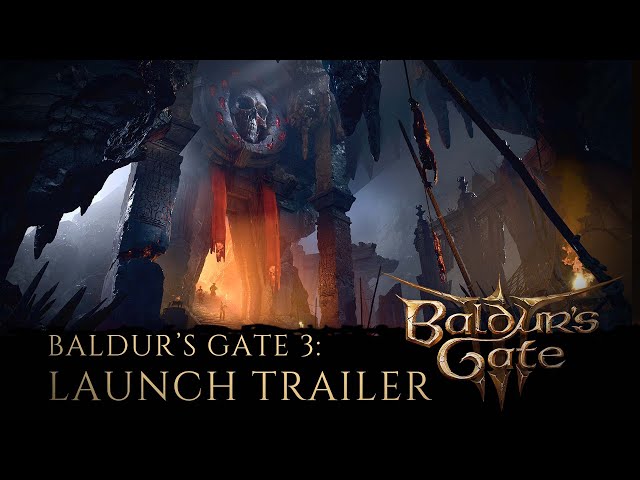
Pritt Yellowbreath
Pritt is a dragonborn who is – in her own words – furious. You can find her in the Lower City, and if you strike up a conversation with her, you’ll learn that she’s upset that the ‘Baldur’s Mouth Gazette’ removed their puzzle section.
There’s something about videogames having newspapers, radio shows, or other forms of media that make feel them like they’re alive. It’s always refreshing when you can tell where an NPC is getting their information; it makes them feel like actual people with actual problem-solving skills, living actual lives. In this case, it’s a newspaper that decided to remove their puzzles for news about “some lord.” I can’t believe they did it either, Pritt.
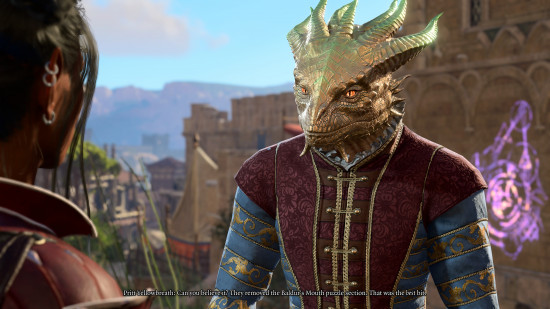
The gnolls of Moonrise Towers
The gnolls of Baldur’s Gate 3 may seem like nothing more than bloodthirsty creatures that provide combat XP and occasional hyena ears, but I would argue that they’re much more important than that.
In Act 2, players run into Timothy, Tomelia, and Barnabus, who are being trained against their will to become cooks by a True Soul cultist named Linsella. Your interactions with Linsella and the gnolls can change based on your dialogue choices (and if you are playing Dark Urge), but at one point, Linsella will argue that the Absolute gave her the “gift” to mind-control the gnolls and “make them believe they are something better.”
While seeing gnolls cooking is far less scary than watching them turn hyenas inside out, the race itself is known for being driven by rage and bloodlust. This is the kind of juicy conundrum that makes the world of BG3 so thought-provoking. Is Linsella right to turn killing machines into cooks? Do they deserve to live more than the murderous gnolls you may have fought in Act 1?
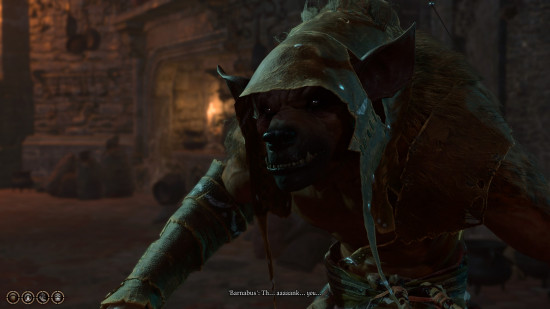
The giant eagles of the Mountain Pass
While the Githyanki dominate this part of Act 1, there’s something hilarious about bracing yourself for a fight against one of the strongest groups in the game, only to possibly trigger a surprising interaction with two eagles who are not happy to see you.
There are numerous birds I could highlight throughout the game, but there is a special place in my heart for the Giant Eagle that, regardless of how clean I am, thinks I stink. What’s interesting about most of the game’s avian inhabitants is how they interpret what’s happening around them so differently. While some may be more knowledgeable and cunning than others (I am looking at you, Blue Jay and Commander Lightfeater), you have creatures like the eagles who live in a world of their own creation. All they want is to be left alone, oblivious perhaps to what is taking place below them.
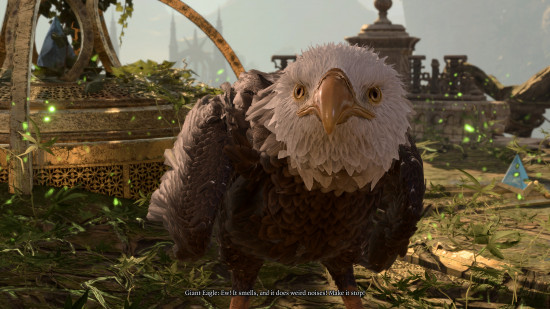
Rolan
If anywhere is abundant with good-aligned NPCs, it’s the Emerald Grove in Act 1, which makes the cold, arrogant, and ambition-driven Tiefling wizard Rolan stand out from the rest. Admittedly, I originally brushed him off, but by Act 3 I realized how much he had taught me about the hubris of wizards in BG3.
While many of the spellcasters we encounter in the game embody ambition in their own unique ways – Gale striving for godhood and Rolan’s own abusive master Lorroakan’s quest for immortality – Rolan’s ambition makes him tolerate more than his share of mistreatment. His arc is heavily influenced by the player’s actions, and his growth (or lack thereof) throughout the game is a great example of an NPC breathing life into the world as they make their own journey in tandem with yours.
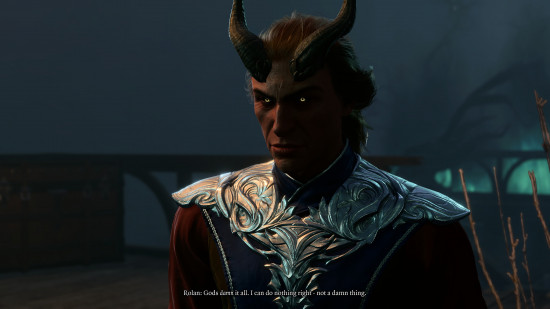
The undead nurses
The undead nurses of the House of Healing in Act 2 that ‘work for’ Malus Thorm are nothing short of horrifying. Not only do they appear oblivious to their surroundings, mistaking corpses for patients, but if you look at letters and notes found around the building, you will discover how Malus is controlling them for his own twisted gain. You can find a letter penned by Sister Anna Lidwin in the hall of the building, and in it she begs a hospital in Baldur’s Gate to send aid after Malus had begun letting patients suffer so he could “study” them.
The letter paints a grim picture of the torment and torture; it’s a window into their stream of consciousness as their minds are slowly corrupted by the Shadow-Curse and the influence of Malus himself. Simultaneously, however, it highlights their gentle nature and former desire to heal, proving yet again that everything in Baldur’s Gate 3 exists in shades of gray.
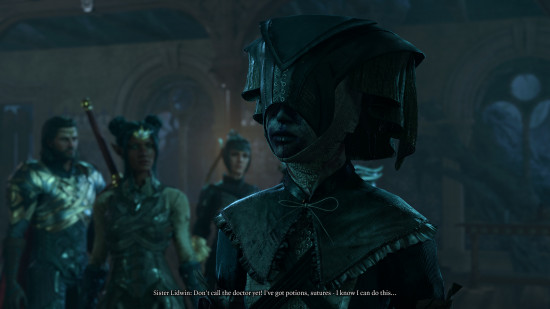
He Who Was
Tucked away in the depths of the Ruined Battlefield during Act 2 are He Who Was and his white raven. He is a Shadar-Kai, a race of former elves that serve the Raven Queen and reside inside the Shadowfell. When you find him, he’s setting up a ritual circle around a corpse and may ask you for a favor. Not only does he set up an additional NPC race in the game, but he also gives yet another insight into how the Shadow-Curse affects characters differently.
While idle, you can hear him talk to his raven about making their own destiny, and you can find a letter on his person ordering him to return to the Shadowfell. While some NPCs end up as echoes of their former selves, characters like Malus Thorm and He Who Was appear to find new meaning in the darkness of the curse – for better or worse.
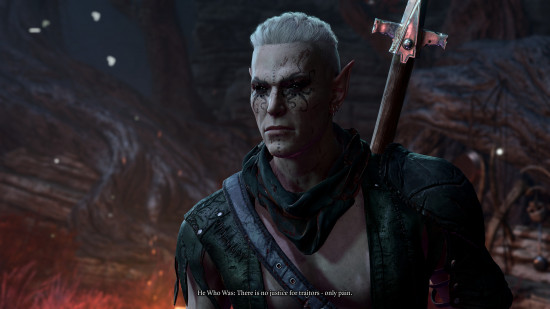
The cats and dogs of Baldur’s Gate
Be sure to keep a Potion Of Animal Speaking or the Speak with Animals spell at the ready because there are lots of cats and dogs with something to say. Obviously Scratch is a good boy – some might even say the best – but luckily for us there are more good boys and girls waiting for us throughout the game.
There’s a golden floof called Biscotti who just wants some words of affirmation, then the radiant Myshka, a cat who’s looking for its mother. And of course, lest we forget the famous gentleman below who isn’t too pleased with Isobel forgetting to put out his milk.
Where animals are oftentimes strategically placed to allow the player to have a quick pet and move on, Baldur’s Gate 3’s furry denizens are their own unique personalities. It contributes to the feeling that Faerûn is a living, breathing world inhabited not just by humanoids and monsters but innocent creatures, too. Your reliance on either potions or spells to understand them also feels so rooted in DnD’s lore, making everything incredibly grounded.
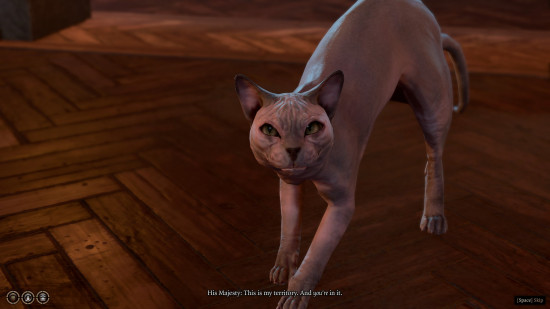
Koll
And lastly, there’s Koll. Just trust me; he’s worth a chat.
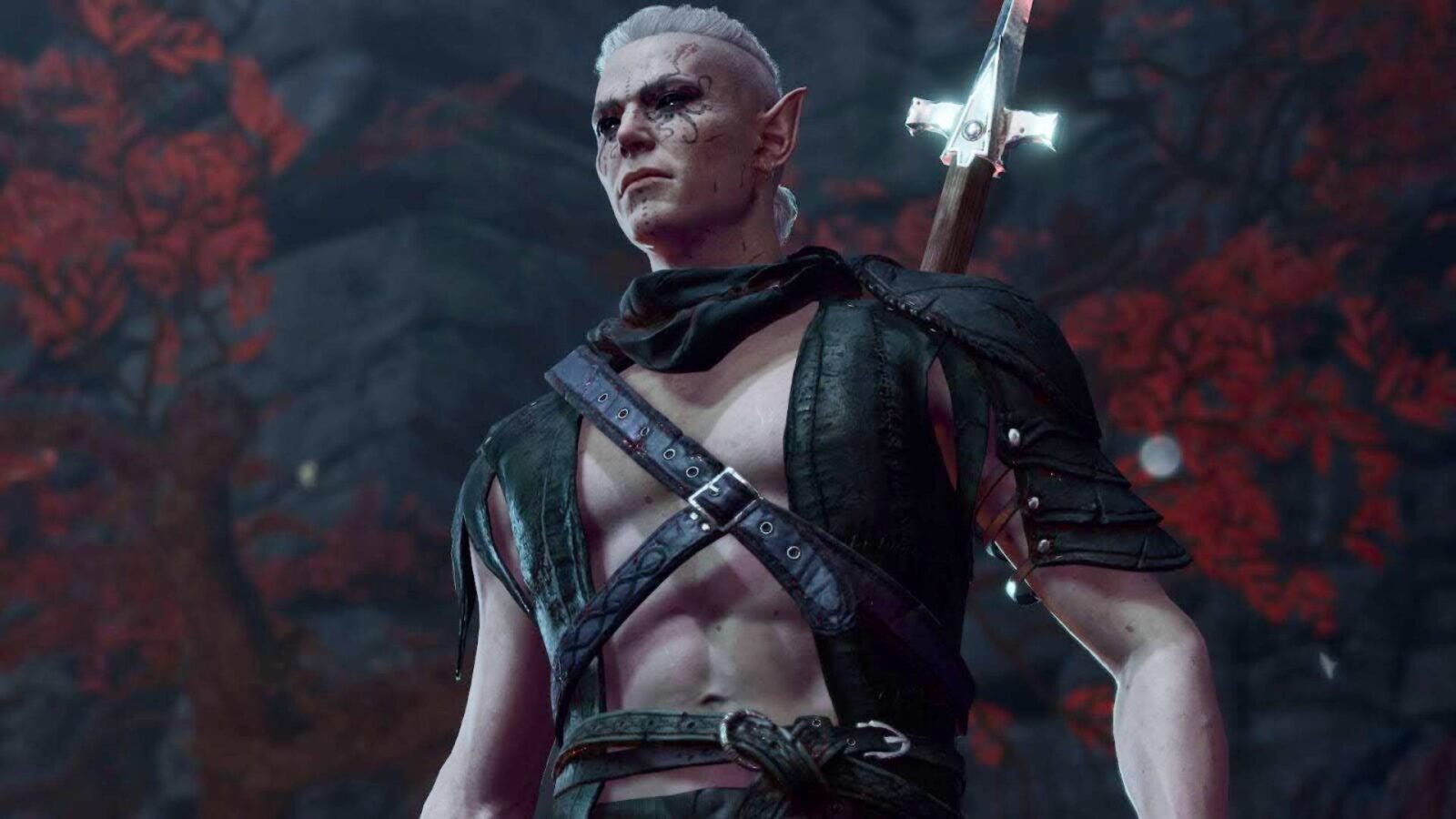

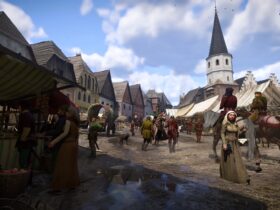
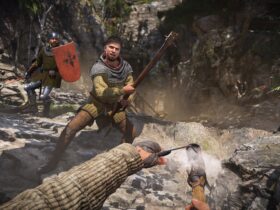
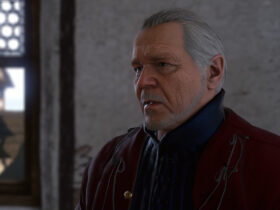
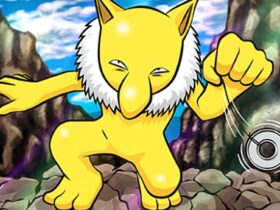
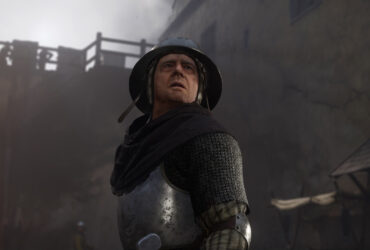
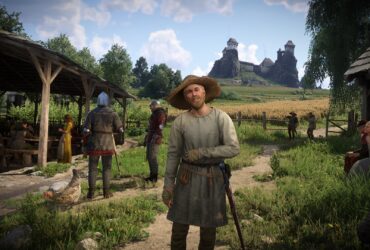
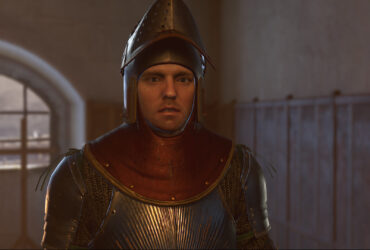
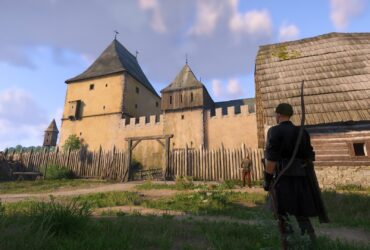
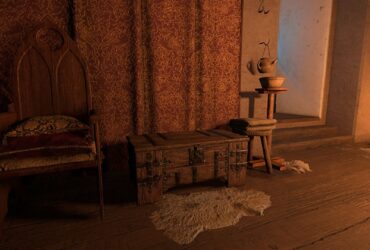

Leave a Reply